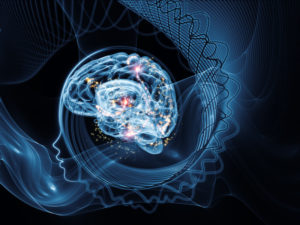Abstract
Background
Research on the electroencephalographic (EEG) signatures of attention-deficit hyperactivity disorder (ADHD) has historically concentrated on its frequency spectrum or event-related evoked potentials. In this work, we investigate EEG microstates, an alternative framework defined by the clustering of recurring topographical patterns, as a novel approach for examining large-scale cortical dynamics in ADHD.
Methods
Using kmeans clustering, we studied the spatio-temporal dynamics of ADHD during rest condition by comparing the microstate (MS) segmentations between adult ADHD patients and neurotypical controls, across 2 independent datasets: the first dataset consisted of 66 ADHD patients and 66 controls, while the second dataset comprised of 22 ADHD patients and 22 controls and was used for out-of-sample validation.
Results
Spatially, ADHD and control subjects displayed equivalent MS topographies (canonical maps), indicating preservation of prototypical EEG generators in ADHD. However, this concordance was accompanied by significant differences in temporal dynamics. At the group level, and across both datasets, ADHD diagnosis was associated with longer mean durations of a fronto-central topography (D), indicating its electrocortical generator(s) could be acting as pronounced “attractors” of global cortical dynamics. Lastly, in the first (larger) dataset, we also found evidence for decreased time coverage and mean duration of microstate A, which inversely correlated with ADHD scores, while microstate D metrics were correlated with sleep disturbance, the latter being known to have strong relation with ADHD.
Conclusions
Overall, our study underlines the value of EEG microstates as promising functional biomarkers for ADHD, offering an additional lens through which to examine its neurophysiological mechanisms.







